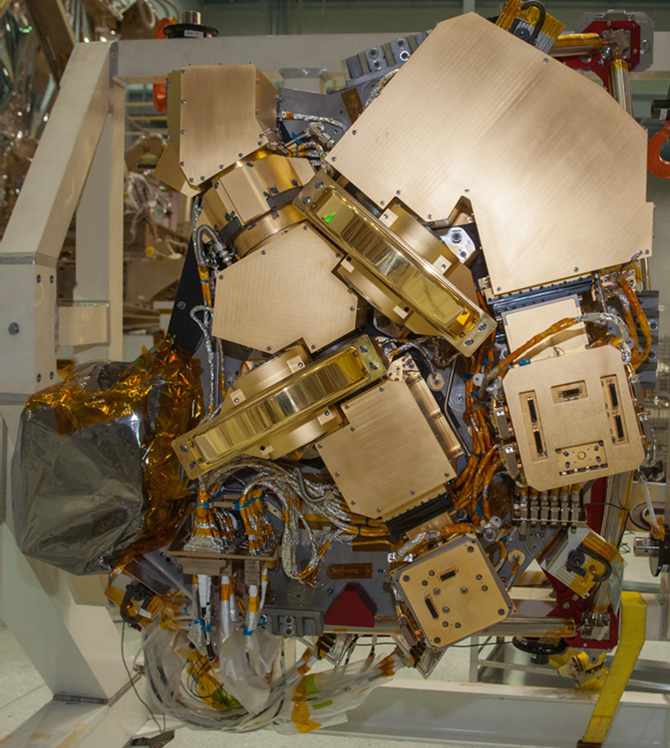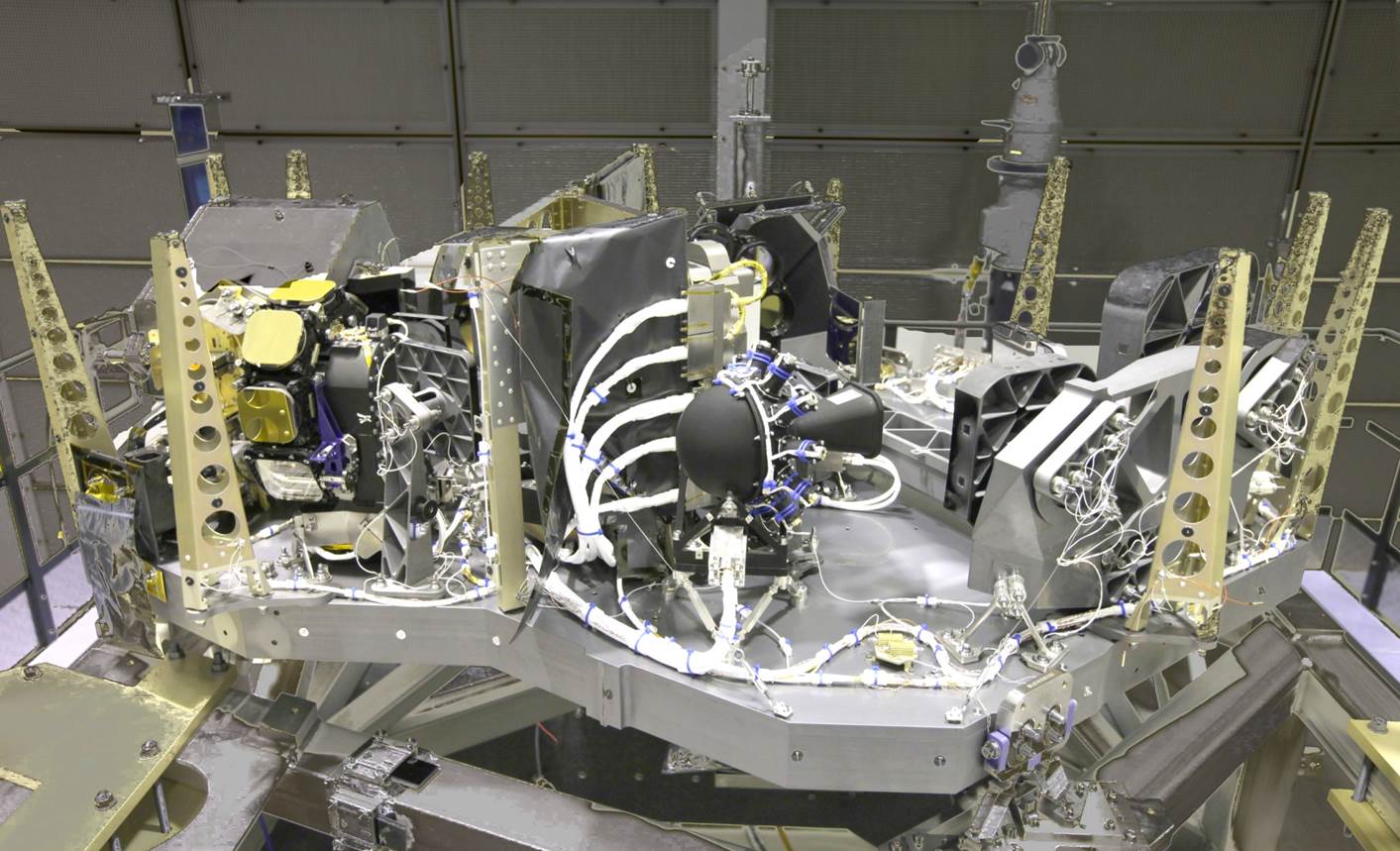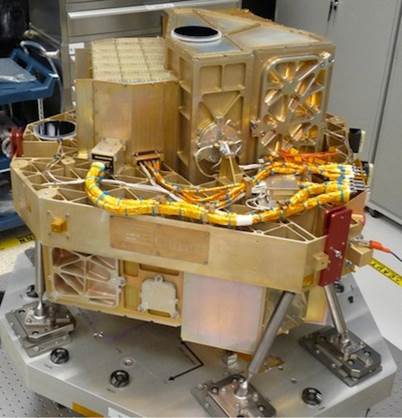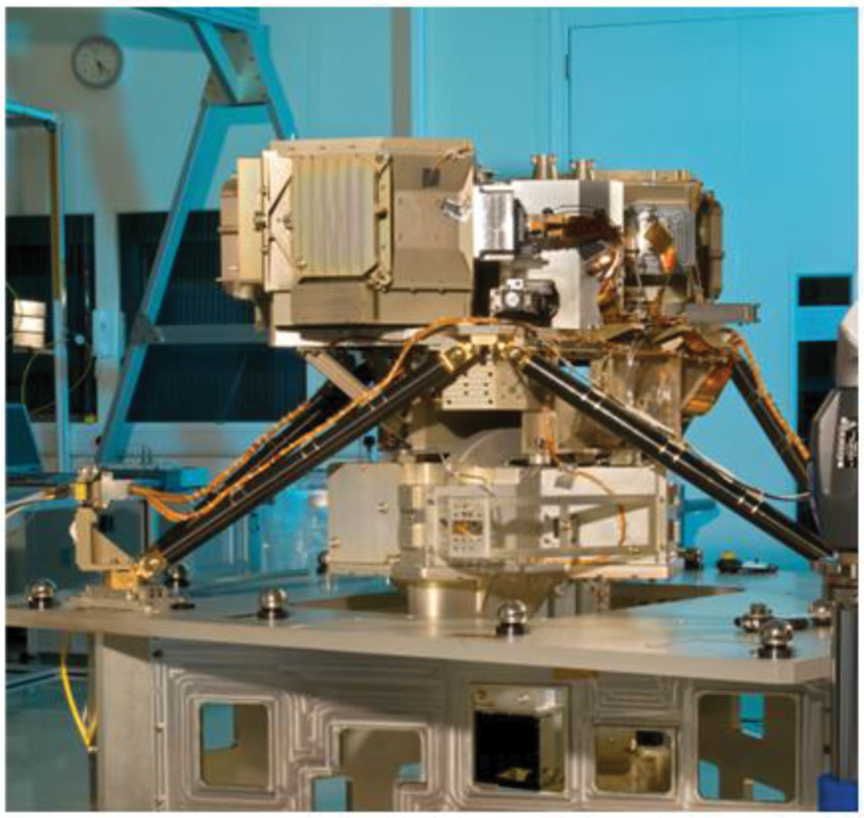| An artist's concept drawing of the James Webb Space Telescope (JWST) to be launched in late 2018. |
 |
| James Webb, the NASA Administrator during Apollo era. Although his background was in business and finance, he was a strong advocate of including science activities in NASA missions. |
 |
| Overall design of the mission. |
 |

Schematic History of the Universe showing the reach of HST and JWST.
Suppose you want to find the very first aggregations of stars which we might think of as "proto-galaxies".
What obstacles must be overcome to allow such a discovery?
-- what wavelength range must your telescope be able to detect?
-- will these first galaxies be faint or bright?
Wavelength range is dictated by two factors. Galaxies are comprised of stars with young ones prominant in the ultraviolet to visible light range. The second factor is the redshift. To see young galaxies one must search for galaxies so far way that it takes light billions of years to reach us. HST has already found galaxies that exist only 700 million years after the Big Bang, and we want to go even earlier. The drawing above suggests that we want to look for objects at redshift (z) around 10.
Lookback time = how long it has taken for the light emitted by the object to reach us, the larger the lookback time, the younger the object was when the light left it. |
Here's an equation for z: 
Here's a plot of lookback time versus redhift
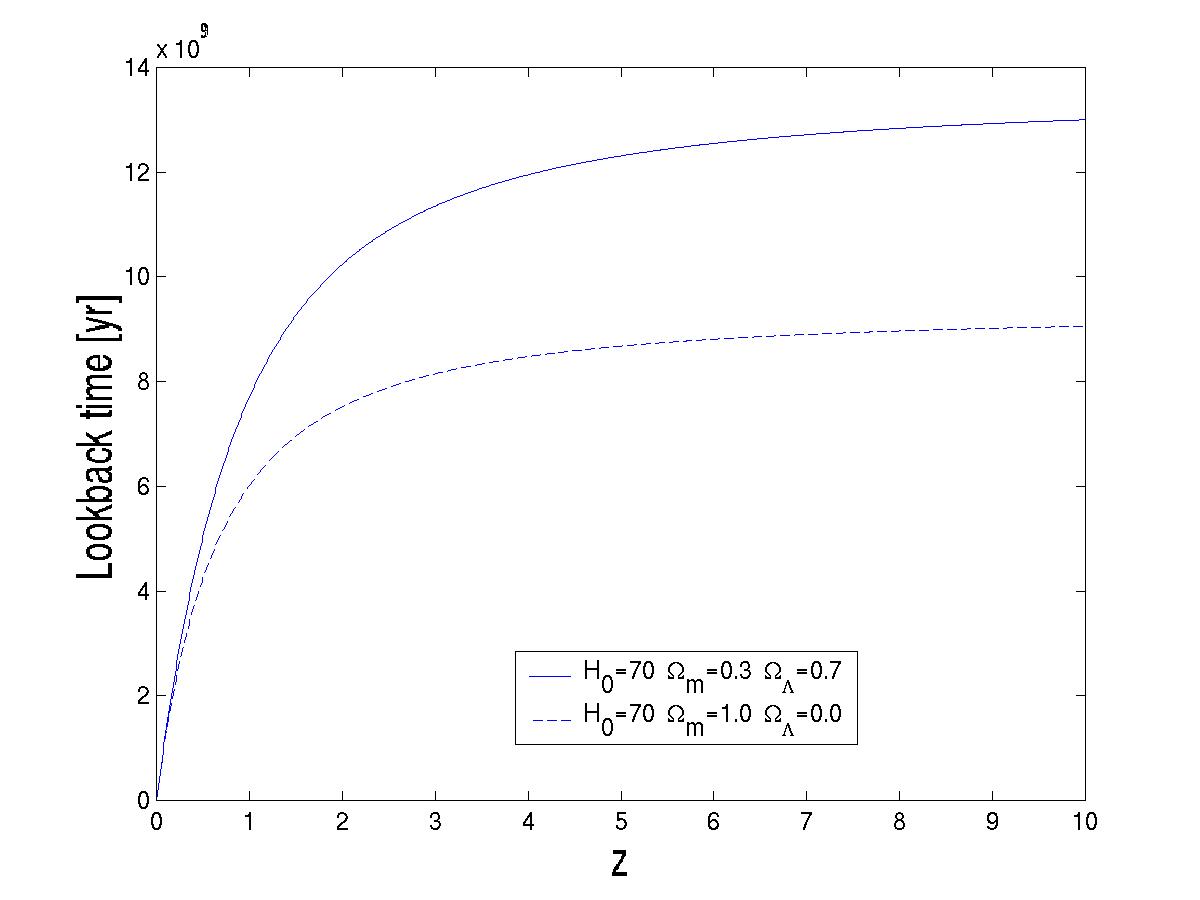
|
|
| From observations so far with the Hubble Space Telescope, we know that the very distant galaxies are very faint -- partly because they are so distant and partly because they are smaller on average than nearby galaxies. |
 |
What are the implications for the design of the telescope if we are to search for small, faint objects whose light has been redshifted to the infrared?

WFC3 = HST |
Small and faint implies a big telescope: (recall resolution discussion from an earlier lecture)
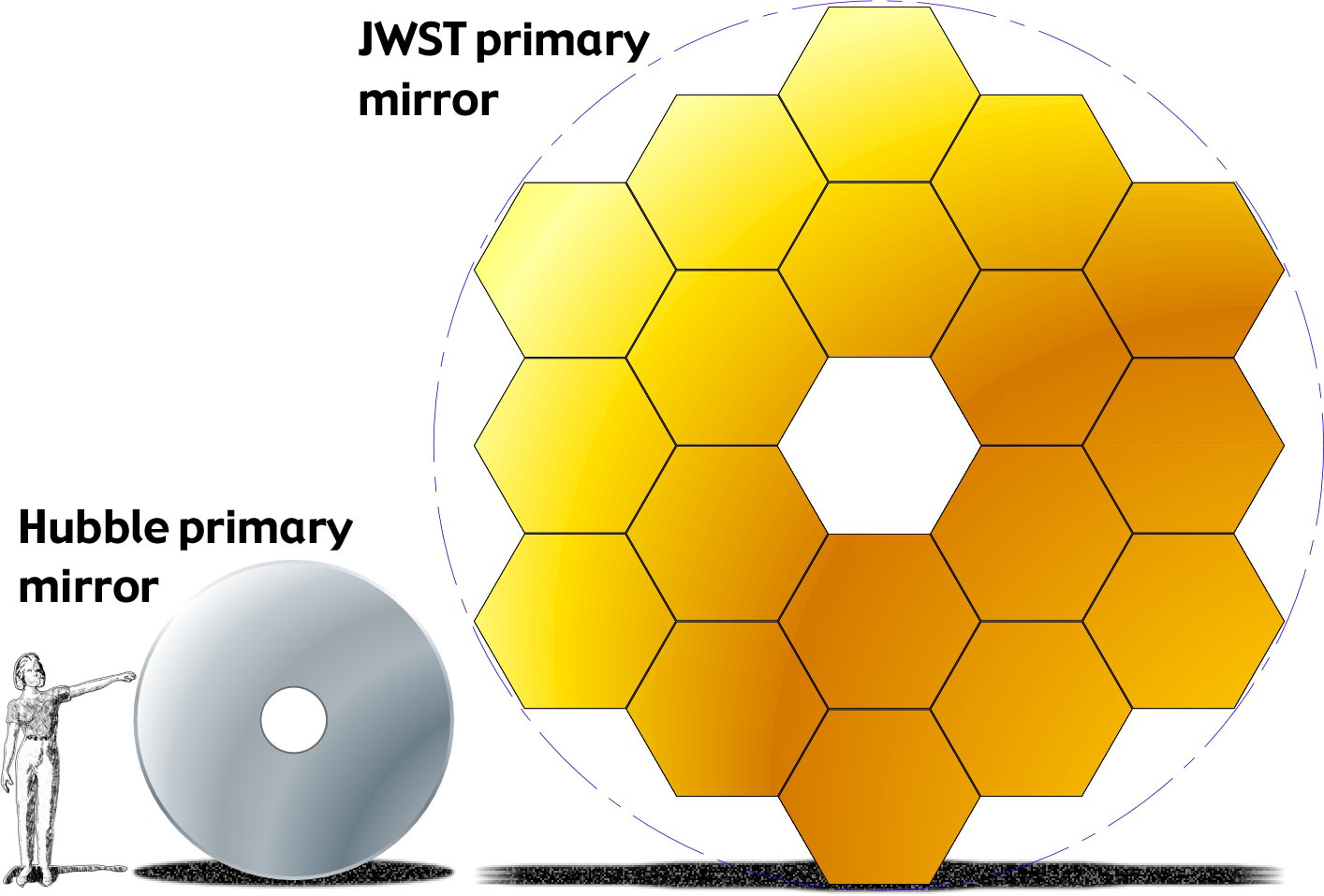
|
Actual telescope as recently assembled. Check http://www.jwst.nasa.gov for the latest.
Here's a video of the telescope being assembled  |
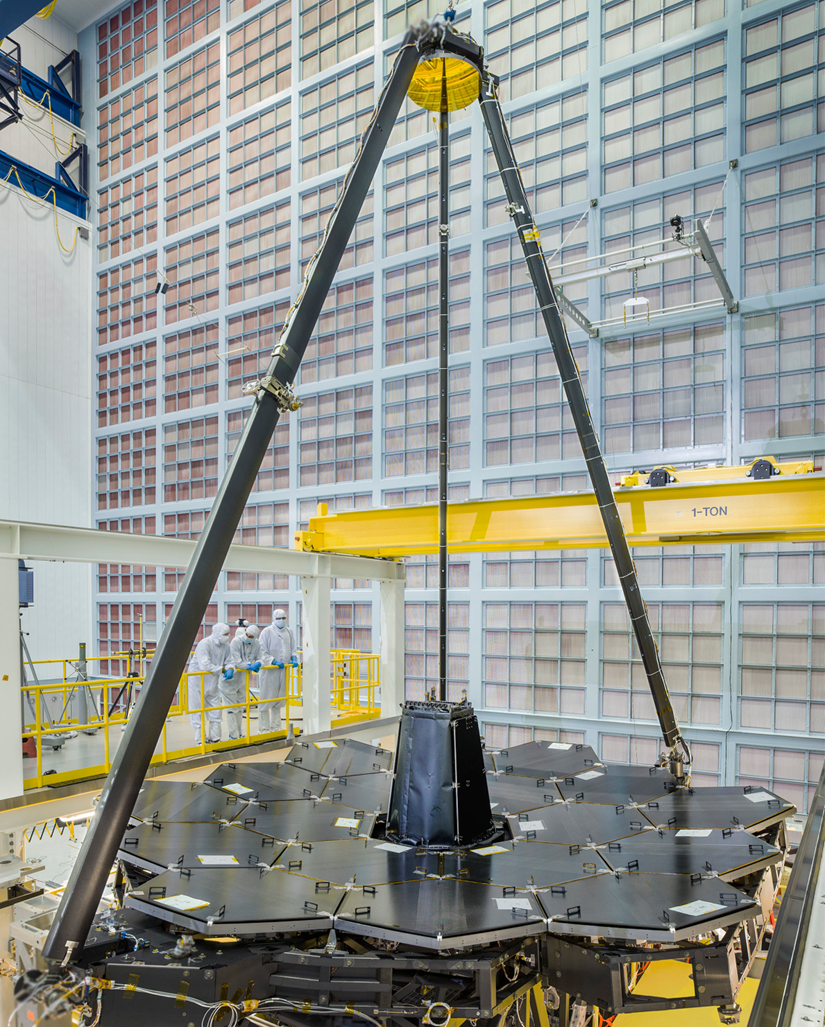 |
| But being big is not enough -- the telescope also needs to be cold or else finding distant galaxies will be just like finding the match in this picture. |
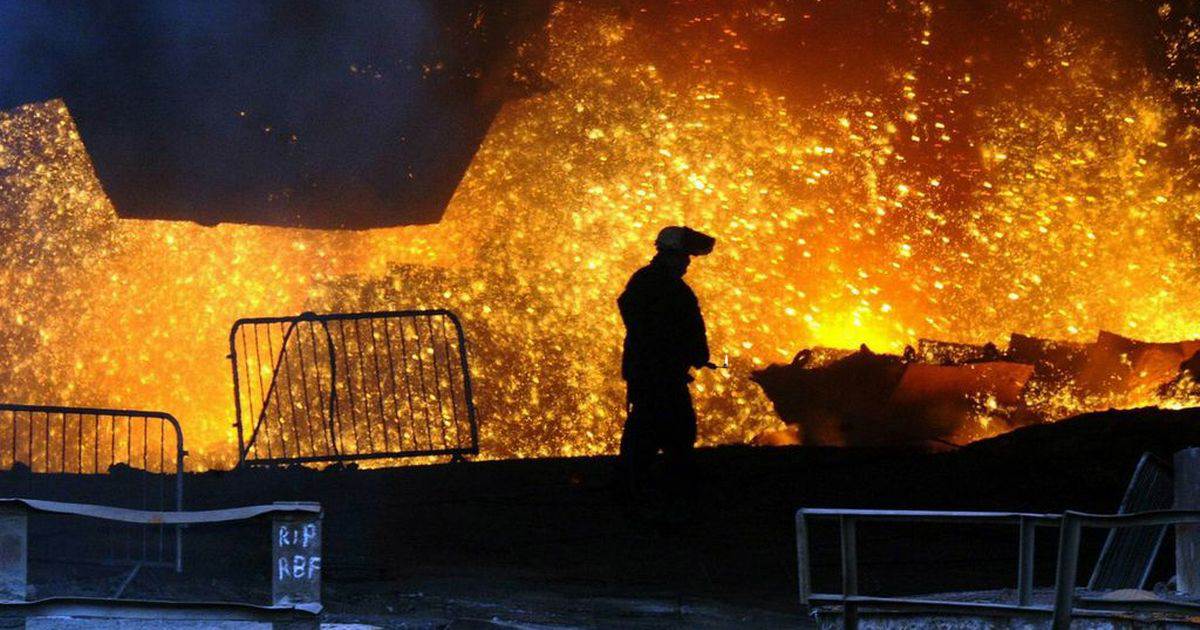
|
| Solution for the James Webb Space Telescope is to include a sunshield to shadow the telescope from all the nearby warm stuff in the solar system. |
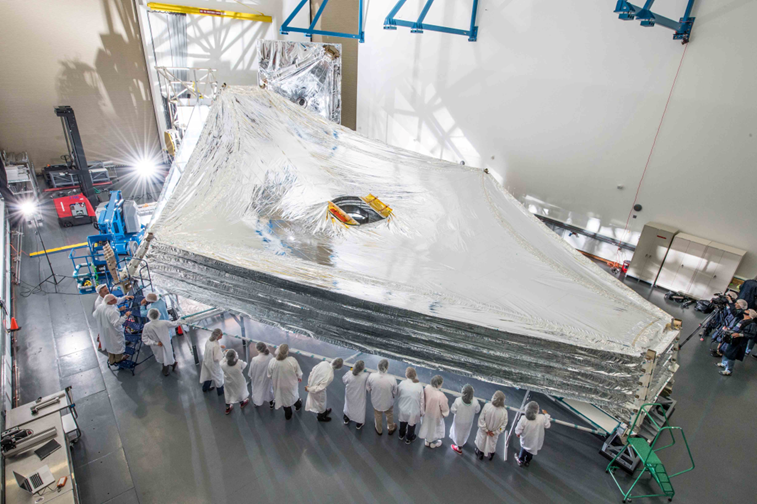
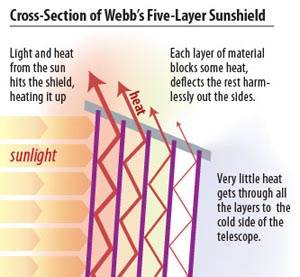  |
| Why is a folding telescope necessary? |
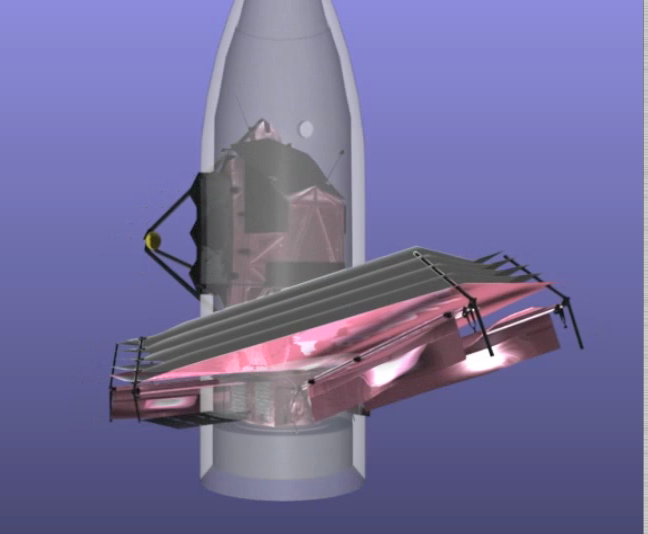
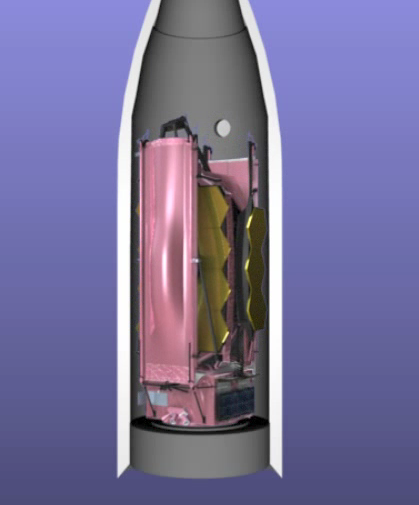
|
So what else is needed? Cameras and spectrographs to capture the light!
NIRCam |
NIRSpec |
FGS/NIRISS |
MIRI |
|
|
| NIRCam has parts built on campus! |
 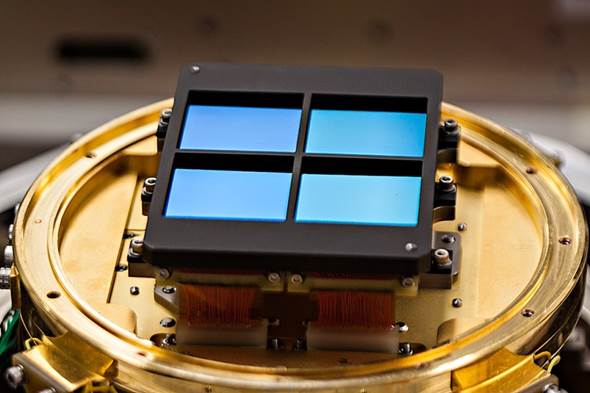
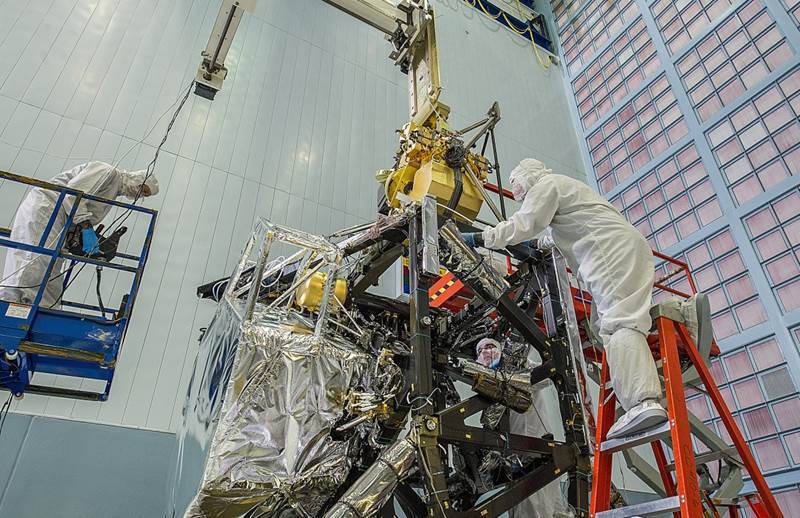
|
Let's take one more look at the science programs for JWST in view of the fact that it will be a large, infrared telescope in space where observing conditions are more stable than on Earth:
Four Major Themes:
-- Find the First Galaxies
-- Study how galaxies have evolved over time. Can we find an explanation for the relation between galaxy mass and nuclear black hole mass?
-- Learn how interstellar clouds fragmet and collapse to form stars
-- Characterize exoplanets and see what molecules their atmospheres contain
How can one telescope be good for so many projects? Because it has a versatile suite of instruments and works over a broad range of wavelengths! |
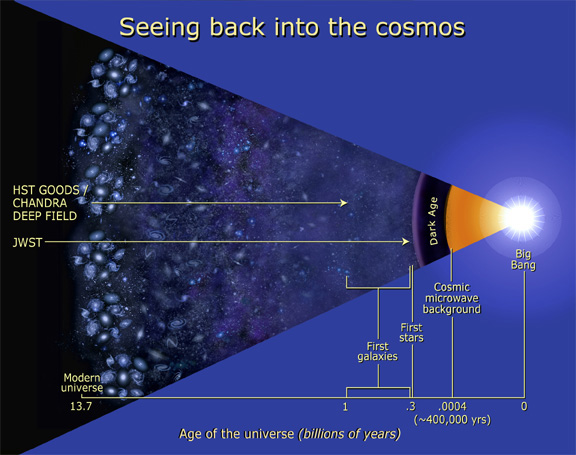
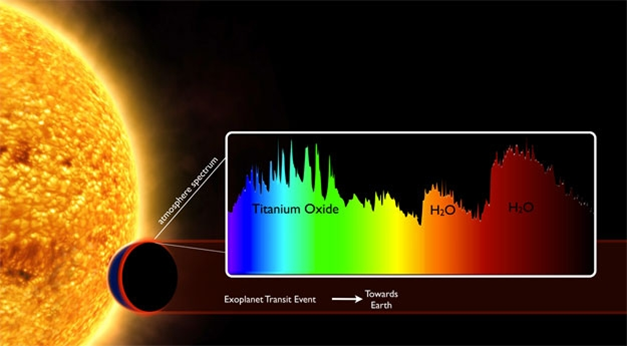
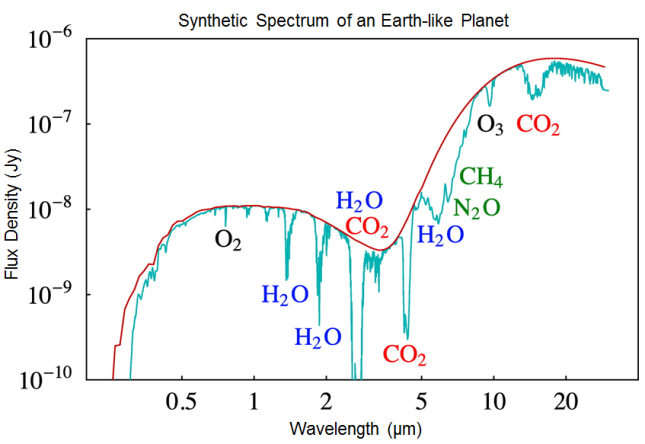
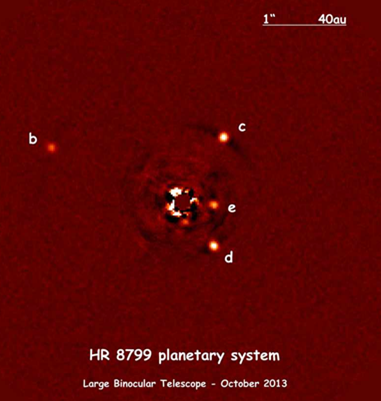
|












